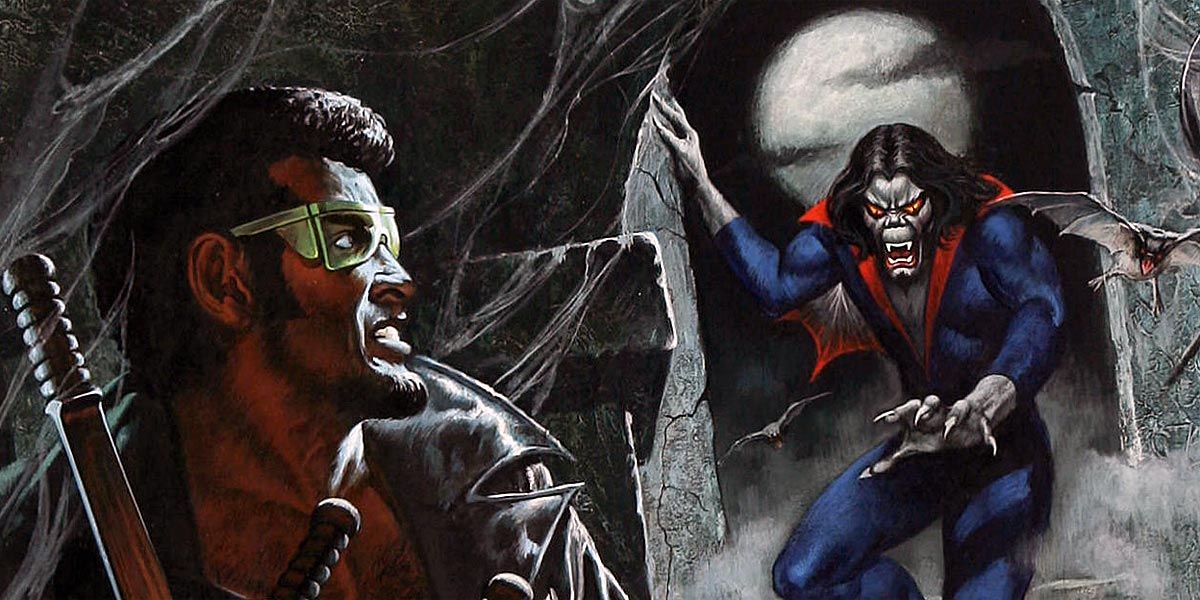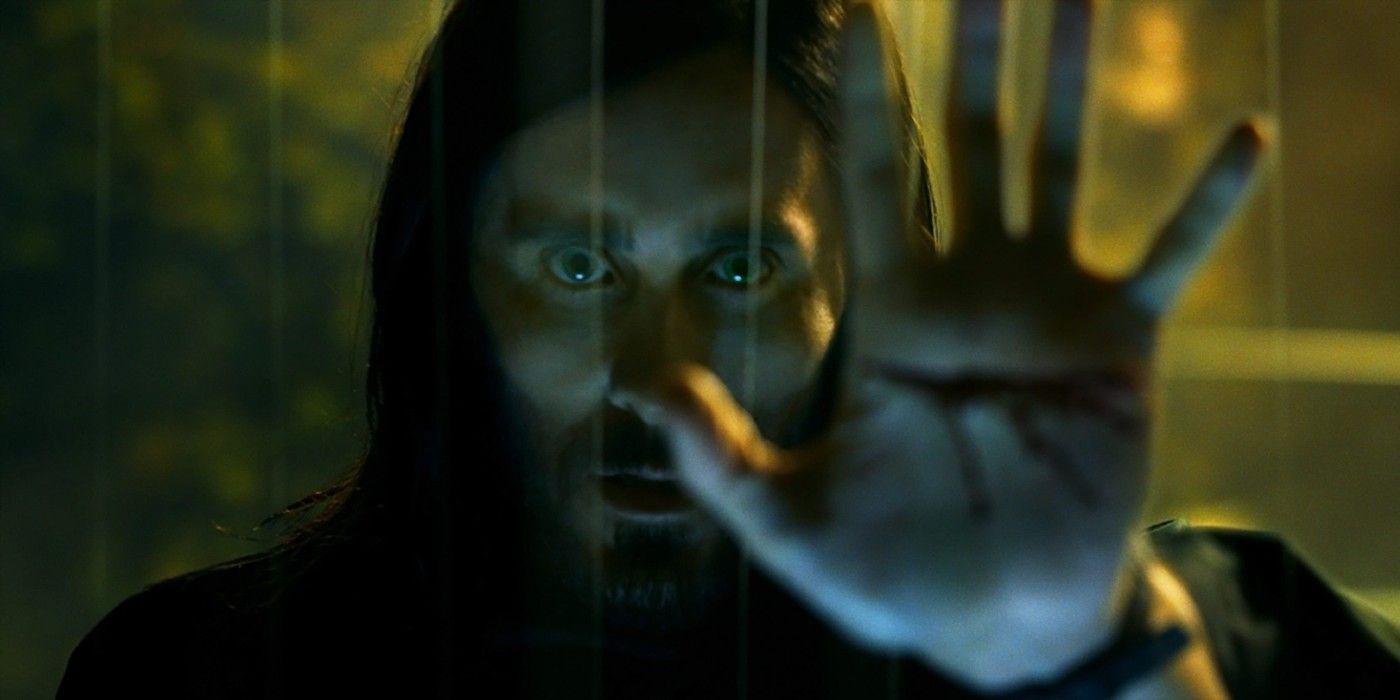Morbius shined newfound attention on Marvel's vampires after years of staying out of the daylight, but this isn't the first fanged feature from Marvel. Wesley Snipes' Blade hit cinemas at a time before comic book movies were such a regular occurrence, and considering the clashes between the two characters in the pages of Marvel Comics, the question seems inevitable: Which one is the universe's best bloodsucker?
In order to understand what's makes them important, it's necessary to wind the clock back to a time before either Blade or Morbius existed. Ever since the Comics Code Authority imposed in the 1950s severely limited the allowable story content in comic books, there was no such thing as vampires (and certainly not visible blood) in mainstream material. Whereas the pulpy magazines and comics from before the CCA profited greatly from ghoulish and over the top violence, the ensuing decades saw comics needing to be squeaky clean.
But that started to change in the '70s. Marvel's part in resisting the draconian CCA restrictions began with an anti-drug plotline that Stan Lee pushed in The Amazing Spider-Man. Drugs were right up there with vampires in terms of content that couldn't be portrayed regardless of how evil the story depicted either, but as Marvel started to shake those restrictions there was a new dawn of horror comics featuring all the monsters who hid in the shadows for so long. Perhaps the best among them was the comic Tomb of Dracula, and therein Blade made his debut in 1973.
All of that is crucial to understanding what's so appealing about Blade because first and foremost he was a character that broke new ground. Tomb of Dracula explored the depth and emotion the horror genre was capable of, and even if Blade wasn't the main character of the comic there was no doubt he was the most notable. Blade was a half-vampire, immunized from vampire bites since his mother fell victim to one while he was in utero. He went on to he wield wooden knives that put him at the forefront of the action in his band of vampire hunters.
Even there in the early '70s, Blade was an empowered black character who began a rise to prominence, eventually becoming the best-known character from Tomb of Dracula (save for Dracula himself, for obvious reasons) and eventually gained so much traction he was a natural fit to lead a feature film in 1998. Wesley Snipes' Blade was a huge success, contributing to the rise not only of the comic hero trend that dominates the market today but also to the action-horror genre it practically created.
Anyone who really wants to get technical will be quick to point out that Blade wasn't Marvel's first vampire to push the boundaries after the CCA started to ease their restrictions, Morbius was. Predating Blade's first appearance by 2 years, Morbius debuted in The Amazing Spider-Man as the first villain created in the book after Stan Lee's departure from writing duties. In a lot of ways, Morbius represented a dawning of things to come in the darkening days of comics from there on out, but he did so with the distinctly Silver Age flair of a radioactively-empowered scientist.
Since then Morbius never became hugely popular but remained big enough to enjoy a few comic solos throughout the years that explored the tension between science and magic a Living Vampire represents. Censorship plagued the character yet again in Spider-Man: The Animated Series where Morbius was not allowed to actually be depicted sucking blood, and instead had hand suckers through which he absorbed "plasma." Despite (or perhaps because of) the restrictions, Morbius managed to be one of the most memorable villains from the show.
Okay, but the question still remains, which one is better? The importance of either character in the history of comics and film aside, there's just a dumb fun that surrounds the schlocky world of vampire fiction. On Morbius' side is the uniqueness of melding a scientific basis into everything that a vampire normally does. His comics are more than happy to explain the nitty-gritty of his skin pigmentation, the sensitivity of his eyes to light, or precisely what powers he can and can't replicate. None of it really makes sense, but there's definitely a spirit of fun at the core of it.
However, there's just no beating Blade. His half-vampire status gained him an increasing arsenal of abilities and weapons to draw from, and the end result is that he's become the head honcho when it comes to the world of monster slaying. Morbius can try to out-cool Blade, but at the end of the day, it's like trying to ice skate uphill.



